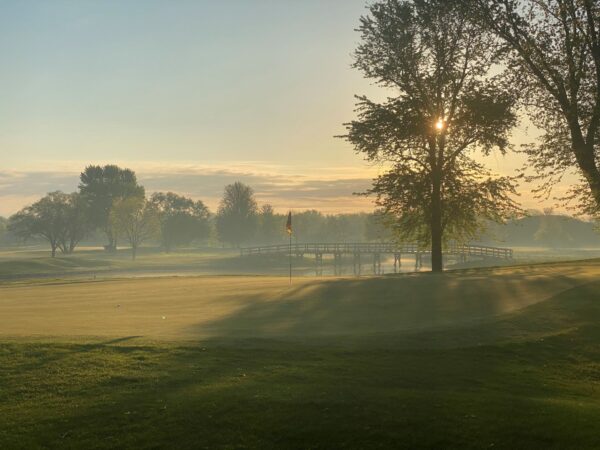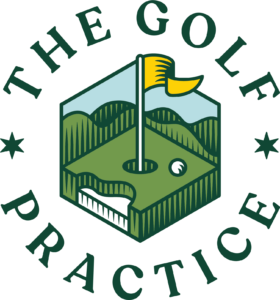
Area golfers are eagerly anticipating the start of the golf season as warmer temperatures and longer days are right around the corner.
However, the arrival of another glorious summer on the links comes with anxiety for many players who do not know how to kick start their games after losing some of their rhythm, sequencing and coordination over the long winter.
Golfers who have not picked up a club in months should go through their own “spring training,” starting at home with 15 to 30 thoughtful swings a day without a ball in front of them, says Chris Oehlerking, the Dean of Instruction and co-owner at The Golf Practice.
“Start out slow. As you increase speed or increase range of motion, it will begin to coordinate the mind-and-body connection and increase overall swing awareness,” he says.
Players should then hit the driving range and notice how the ball distracts them from this awareness as they try to stay present with their swing cues and feels. Introduction to the golf ball may quicken their swing speed and lengthen their golf swing. It could also throw off their balance and create unnecessary tension in their arms, Oehlerking says.
“Whatever you observe, work to come back to the feelings and effort you experience when making the practice swings at home,” he says.
Oehlerking says golfers should then get out to a golf course and use it as a practice ground, using it to get comfortable with the surroundings such as the sunlight, shadows, wind, noise and ground. Players who have been practicing inside during the off season can also use this time to get reacclimated with the outdoor conditions, given that the indoor environment offers less stimulus than on the course.
“You’d be better served if you found an early morning or evening time to go by yourself and experiment taking swings and shots on the golf course,” he adds. ” Your skills will be rusty and your mind will be overwhelmed with the outdoor experience. Give yourself ample time to settle into form.”
When able, players should drop second shots and practice on uneven lies. They should also move up to shorter tee boxes as golf courses tend to play longer and harder during the spring with gusty winds and wetter conditions.
“If there’s a way that you could go about it so that it is less agonizing, while you are being a little nicer to yourself, then you’re probably going to enjoy the experience more,” he says.
The key, Oehlerking says, is to keep expectations low and to be patient with the process.
“We just get too judgmental and critical too early in the process,” he adds. “You just need time to settle in. If you’re getting critical too early in the process, you might start going down some path that’s not required.”





